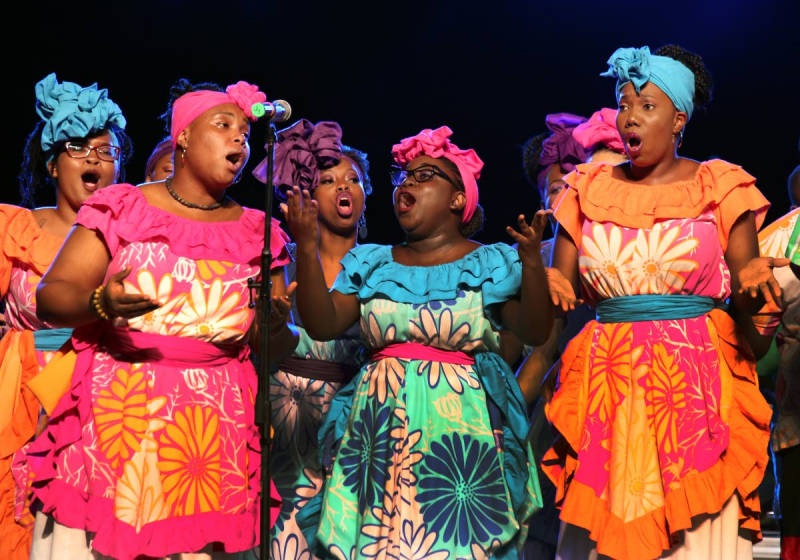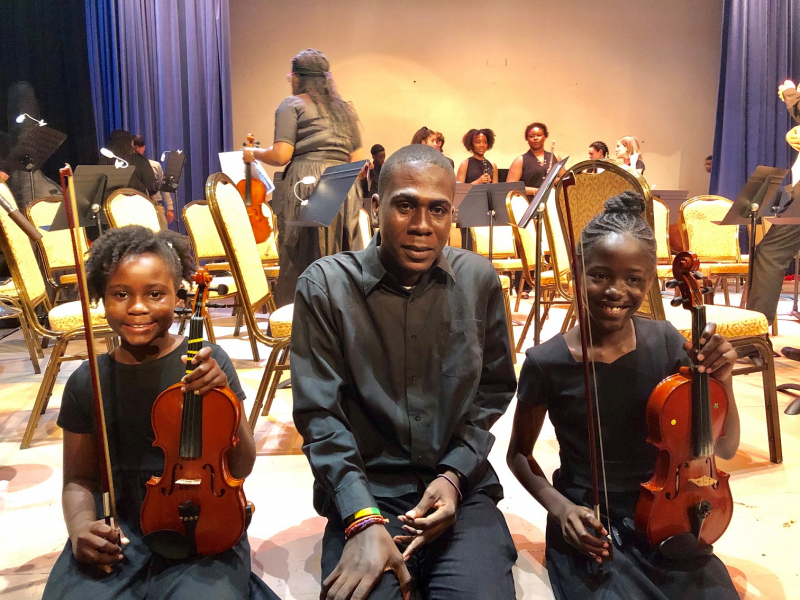Music
The music of Antigua and Barbuda is mostly African in nature, with just a minor influence from European forms due to the population of Antigua and Barbuda descended primarily from West African slaves taken by Europeans.
Other than this, little to no musical research has been conducted in Antigua and Barbuda. As a result, much of the information on the subject comes from books, articles, and other secondary sources. Documented music in Antigua and Barbuda dates back only to Christopher Columbus' 1493 discovery of Antigua, which was then populated by Arawak and Caribs. However, nothing is known about the islands' early music.
Colonial-era churches and missionary work displaced and influenced African slaves' music, which incorporated parts of European-derived religious music. The Salvation Army's brass bands are a good example. A number of Portuguese indentured servants arrived in Antigua in the mid- to late-nineteenth century, bringing their musical genres with them. When the majority of the Portuguese left in the 1880s, immigrants from Lebanon brought Lebanese music to the island.
Antigua and Barbuda is a Caribbean country in the Lesser Antilles. Many pan-Caribbean popular music genres have found a second home in the country, and it has generated stars in calypso, soca, steeldrum, zouk, and reggae. Steeldrum and calypso are the most important elements of modern Antiguan popular music; both styles are borrowed from Trinidad and Tobago.









